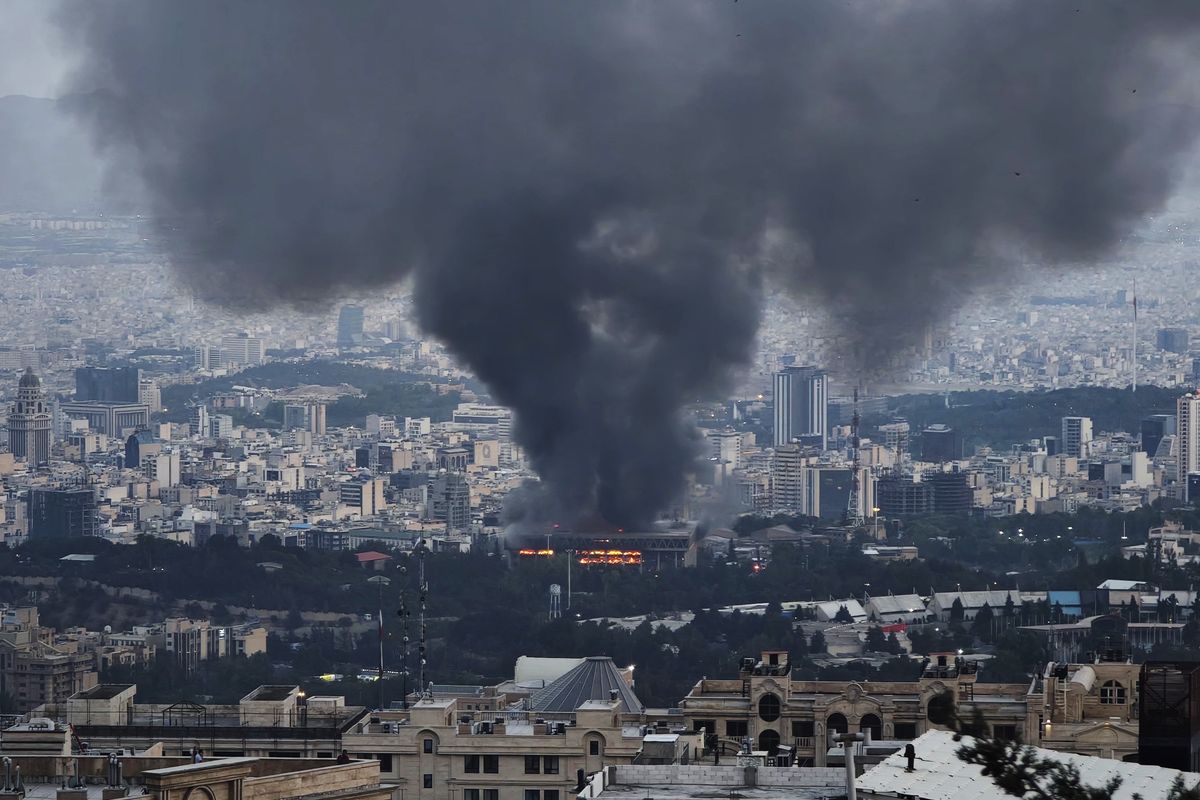A May 15 test of India’s anti-ballistic missile system fanned the flames of a nuclear standoff 45 years in the making. Pakistan voiced “serious concern” over the test that it believes could nullify its nuclear deterrent against its long standing enemy. Of the nine nuclear armed states, Pakistan and India are the only two who face one another across a volatile border.
The 1974 “Smiling Buddha” nuclear test established India as the first nuclear power outside of the Non Proliferation Treaty (NPT), and ushered in a regional arms race that continues to destabilize South Asia. Pakistan, which had started its own program following its 1971 war with India, redoubled its efforts to make good on a declaration by Prime Minister Zulqifar Ali Bhutto who said, "we will eat grass, even go hungry, but we will get one of our own." In 1998, when India tested five nuclear devices, Pakistan responded in kind by testing six and revealed its nuclear capability for the first time. The addition of nuclear weapons added a heightened degree of risk to the Kargil War of 1999, the Twin Peaks Crisis of 2002, and the Mumbai terror attack in 2008, and it will continue to do so in future conflicts.
This nuclear arms race is exacerbated by India’s recent and rapid economic growth, which has allowed for a proportional increase in defense spending. India’s prodigious growth over the last 15 years means its economy is now nine times larger than Pakistan’s. This has allowed it to increase defense spending in absolute terms while still decreasing spending in relative terms. In fact, it has decreased to around 2.5% of GDP. Pakistan, meanwhile, maintains a military budget that is 4.5% of GDP, according to an estimate from the Carnegie Endowment for International Peace (CEIP), while still having no hope of closing the conventional arms gap with India.
Pakistan has long viewed nuclear weapons as a hedge against Indian aggression in disputed territories and a counterweight to India’s conventional military superiority. The difference is that now Pakistan has chosen to outstrip India’s nuclear forces by drastically increasing fissile materials production and to employ smaller, tactical nuclear devices in a bid to counteract India’s widening conventional supremacy. Currently, Pakistan out produces India in fissile material at a ratio of 4:1. In terms of estimated warhead production, Pakistan can produce anywhere from 14-27 warheads annually, whereas India can only produce 2-5 warheads per year.
Pakistan also has tactical nuclear devices mounted on short range missiles, which it sees as an essential piece of its concept for “full spectrum deterrence.” It aims to deter, not only a large scale conventional or nuclear attack, but also a smaller regional conflict. This doctrine raises important concerns over command and control and the risk of escalation to nuclear war, especially in light of the militant groups within Pakistan who can provoke conflict with India.
While India has many of its civil use reactors under International Atomic Energy Agency (IAEA) supervision, Pakistan makes no distinction between military and civilian use reactors and has no international oversight. Islamabad claims that its nuclear weapons are vital to defending itself against India, and therefore it is reluctant to take any step towards committing to international arms control regimes before India.
India’s definition of what constitutes sufficient national defense and its comprehensive military modernization program are also exacerbating tensions. While Pakistan only wishes to deter India, India is attempting to deter both Pakistan and China with its conventional arms and an advanced nuclear triad. This compels Pakistan to double down in what it sees as its only area of comparative advantage: nuclear arms development that emphasizes quantity over quality. What remains to be seen is how far Pakistan feels it must go to achieve its own idea of a sufficient deterrent, and how this goal post will move with India’s continued push for military modernization.
This presents a difficult situation for the United States, as well as international nuclear nonproliferation efforts. There is no clear starting point where each side can find mutual grounds for agreement to stop the nuclear arms race. Gregory Koblentz, a professor of government and international affairs at George Mason University, believes that a return to the Lahore Declaration of 1999 could begin confidence building measures, and that the U.S. and the international community should encourage such a measure. Dr. Ashley J. Tellis, a former diplomat and senior associate at the Carnegie Endowment for International Peace, believes that there is currently nothing the U.S. can do to sway either country’s pursuit of nuclear weapons that it has not already tried.
For the foreseeable future, it seems the standoff will continue, and Pakistan will be worse off for it. Pakistan’s slower economy and high rate of defense spending combined with a desire to keep pace with India mean that defense and nuclear deterrence comes at the cost of reinvestment in the country. Precarious domestic stability and an increasing number of nuclear facilities, fissile material stockpiles, and weapons poses a growing proliferation risk that could extend beyond the region. While the way forward is unclear and currently does not show promise, the risk of inaction is equally stark.
Will Edwards is an International Producer with The Cipher Brief.











